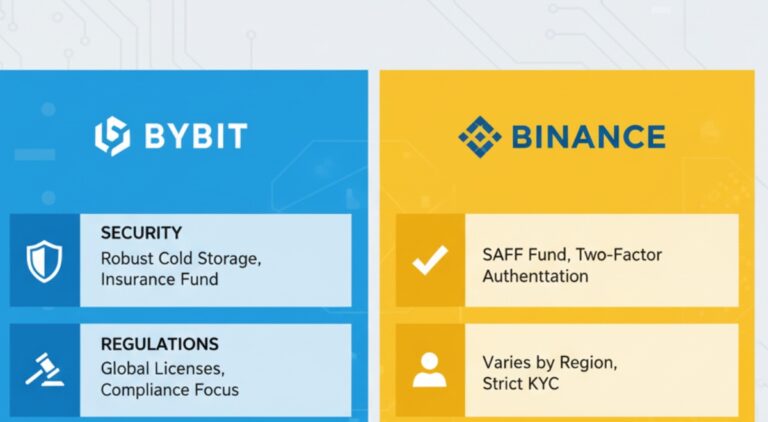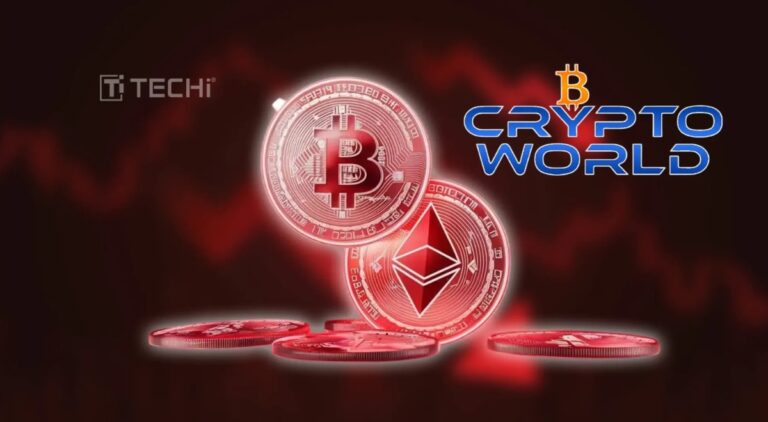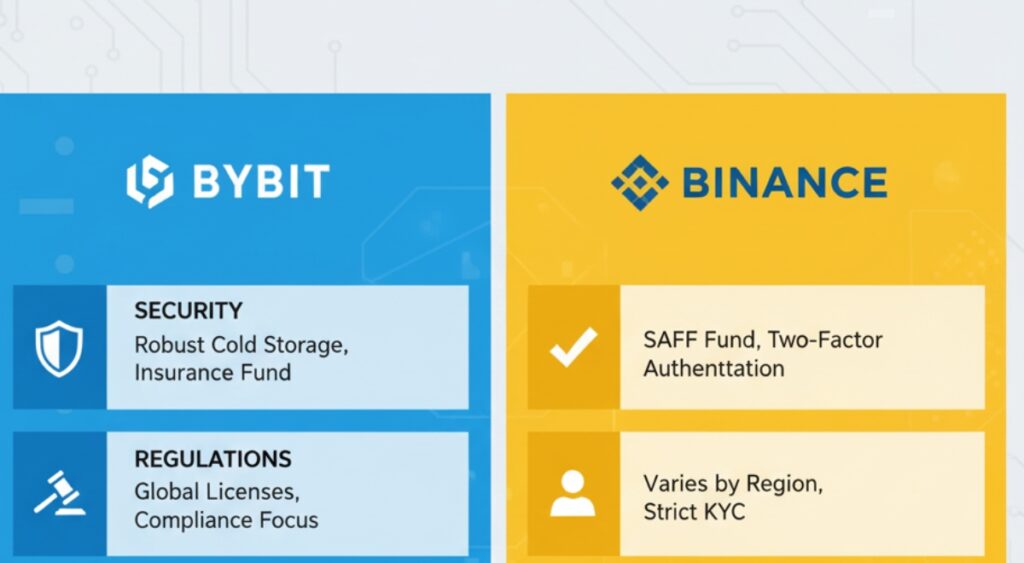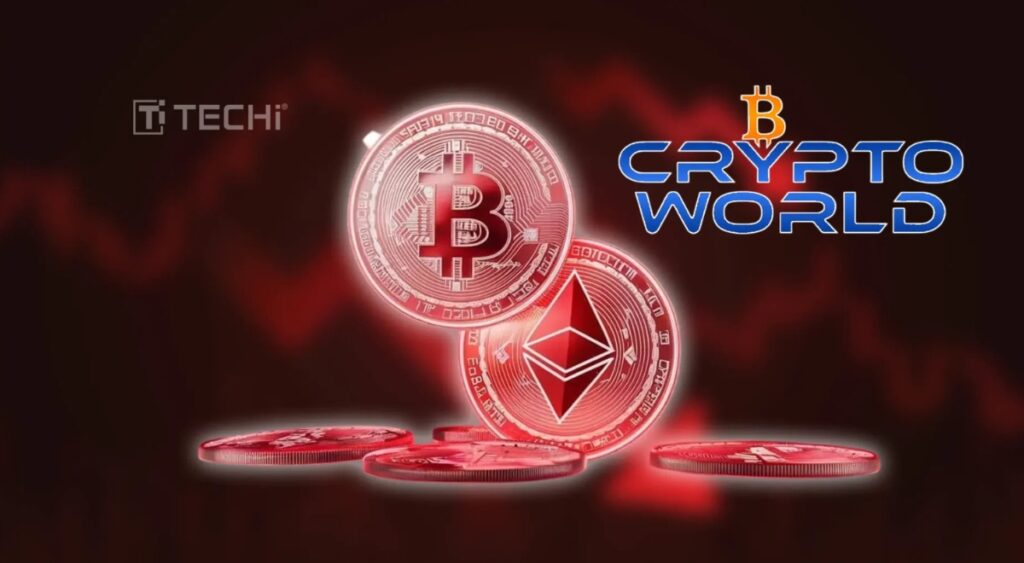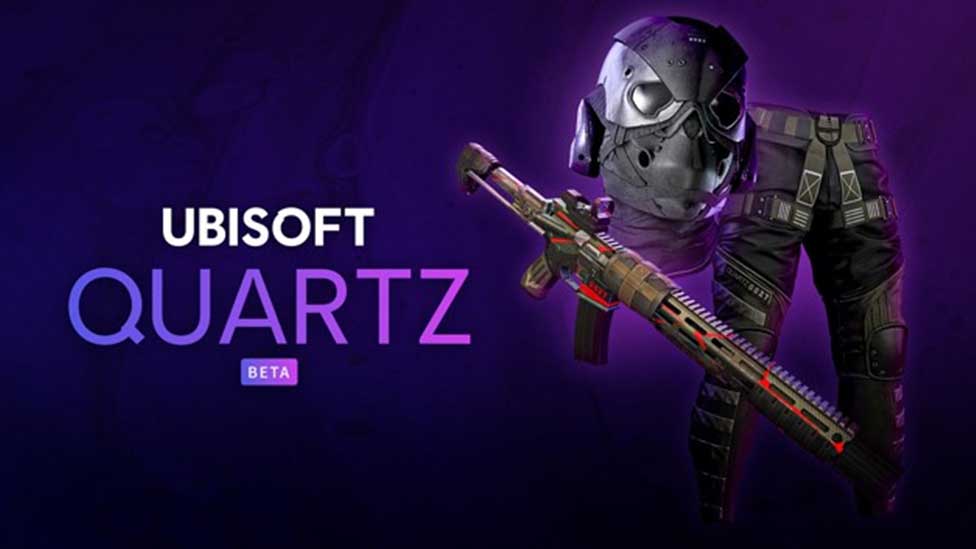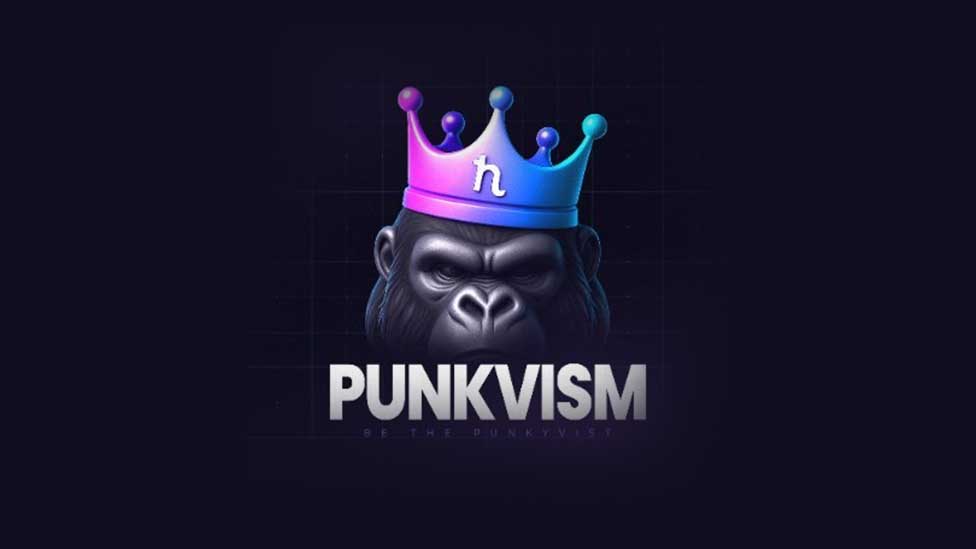From Designer to NFT Visionary
Before Jack Butcher became one of the most recognizable names in the NFT world, his career started far away from the blockchain space. The UK-born designer spent nearly a decade working at creative agencies across London and New York, navigating nearly every corner of commercial design. “I basically worked in every commercial application of design you can think of,” Butcher recalls.
His experience in the agency world eventually led him to launch his own business — Visualize Value — a minimalist visual brand that distilled complex ideas into simple, powerful graphics. Many of his creations would later be featured in The Almanack of Naval Ravikant, solidifying his growing influence in both design and entrepreneurial circles.
The First Step Into Crypto
Butcher’s introduction to cryptocurrency dates back to 2017, when he was creating blockchain explainer decks for his clients at Visualize Value. Yet, it wasn’t until 2021 that he fully immersed himself in NFTs. In March of that year, Butcher minted his first NFT on Foundation, a moment he still describes as his personal “56k modem moment,” referencing the nostalgia of early internet experiences.
Six months before minting his first NFT, Butcher was skeptical of the entire NFT scene. “I was sent a link to OpenSea and was like, what is this? It did not capture my attention at all,” he admits. But an NFT collector who was already a fan of his Visualize Value work pushed him to reconsider, leading to his first listing on Foundation.
Grappling With Digital Ownership
Once immersed in the NFT space, Butcher used his early work to explore the deeper mechanics of digital ownership and value creation. “A lot of my early pieces are trying to describe the mechanics that make it possible for people to own and trade digital property,” he says.
His breakthrough moment came with NFTs, Explained, a 1-of-1 piece that sold for 74 ETH (around $123,500 at the time) in March 2021. That work encapsulated much of the design philosophy he had been developing for years, cementing his reputation as one of the leading voices merging art, design, and crypto.
The Naval Ravikant Influence
A major turning point in Butcher’s creative and entrepreneurial journey was discovering the work of tech philosopher Naval Ravikant. Ravikant’s viral Twitter thread, How to Get Rich (without getting lucky), offered Butcher a new framework for thinking about the internet as a tool for leverage.
At the time, Butcher was running his agency but felt limited by traditional client work. Inspired by Naval’s mental models, he began translating those insights into his signature minimalist designs. His interpretations of Ravikant’s ideas were eventually included in The Almanack of Naval Ravikant, a book that has since become a cult favorite in tech and crypto circles. “It massively changed my life,” Butcher reflects.
Launching Checks and Opepen: On-Chain Experiments
Butcher didn’t just create NFTs — he experimented with the very structure of internet culture itself. On January 3, 2023, he launched Checks, a 24-hour open edition mint priced at $8, referencing Twitter’s verification badge cost at the time. The artwork — a grid of 80 multicolored checkmarks — offered commentary on digital identity and decentralization.
The project introduced a burn mechanism allowing collectors to merge pieces into scarcer editions, with the rarest being a single black check. Within 24 hours, Checks minted over 16,000 pieces and dominated crypto Twitter conversations.
Only five days later, Butcher introduced Opepen, a free mint inspired by Pepe memes and generative minimalism. Featuring 16,000 editions, Opepen added an opt-in model that allowed collectors to participate in the reveal process of future sets. “The real artwork is the network effect, the conversation, the collective authorship,” Butcher explains.
To date, Opepen has generated over 87,000 ETH (approximately $240 million) in trading volume, cementing its place as one of the most significant on-chain experiments in NFT history.
Rethinking the NFT Art Process
Unlike the traditional art world, where artists work in isolation hoping for future recognition, Butcher embraces the immediacy of NFTs. “You really understand someone’s appetite for your thing if you let them buy,” he says. He views the NFT space as an opportunity for constant, public iteration, where feedback shapes each project in real time.
This open, iterative process also offers more visibility and engagement. “Open sourcing the process gives you so much more surface area to talk about what you’re doing,” he explains.
NFT Royalties: A Contrarian Take
When it comes to NFT royalties — a topic that has divided the digital art world — Butcher holds a blunt view. “You have to lose a customer to make money. You’re getting paid on churn,” he says, referring to the royalties generated from secondary sales
Butcher argues that this royalty-dependent system often distracts artists from creating new work, instead encouraging them to focus on driving resale activity. “A lot of people ended up in these golden handcuffs, where the focus switches to how do I get the artwork that’s already out there to change hands without making new artwork,” he adds.
In his eyes, pricing art reasonably and consistently building new work offers a more sustainable path. “The people who don’t need royalties get them. The people who need them don’t. It’s just a power law.”





